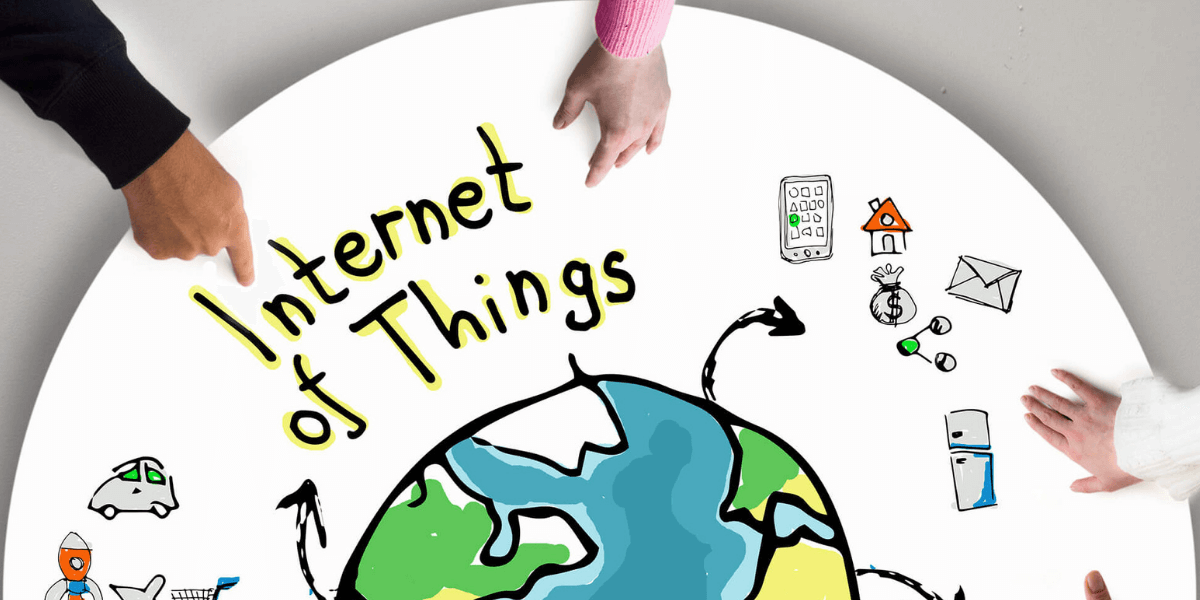Advertisement
The world is beside itself with excitement about 5G, the unbreakable warp-speed connectivity that will enable the Internet of Things (IoT) to develop into a vast, chattering community of inanimate objects.
If you have been doing a five-year digital detox or been off the grid studying the aerodynamics of the Pink Fairy Armadillo, the Internet of Things refers to a connected network of data between people, things and businesses.
Your vehicle tracker, Fitbit or Apple watch would be considered IoT devices.
A few years ago, BK Yoon, the CEO of Samsung, stated that by 2020 he would like 90% of everything sold by Samsung to be connected to the internet. Many people shook their heads, raised their eyebrows or fell about laughing, but the truth is, we are almost there and it’s only 2018.
Smart Homes in Smarter Cities
5G will initially be rolled out in cities and it could be years before rural areas see the benefits. Maybe we will all be heading for the hills where our fridges can’t nag us, and our clothes are not clever.
Many buildings and some homes are already controlled remotely. You can sit on Varadero Beach in Cuba and use your smartphone to manage your house in Constantia, South Africa. Turn the lights on, and adjust the temperature to maximise the creature comfort of your cat that you have just ‘played with’ via your Petcube Camera. Remind your fridge to order milk before you return home, and check the sparkly blue clarity of the water in your Jacuzzi.
Advertisement
Smart cities are the way of the future, where everything will have a sensor and be measured, tracked and monitored to the nth degree. This could result in energy-efficient, eco-friendly, slick and competently run cities or utter chaos, because humans are supposedly controlling all these connected things.
Radically Rural
Maybe the countryside is not a place to escape the connected world, as the British National Trust and BT got together and created ‘The Internet of Cows’, which tracks herds and protects them from the perils of cattle rustlers, or at least shows where they were rustled from. In China, dairy farmers are increasing profits by 50% by connecting their cows to the internet via collars fitted with wireless sensors that collect biometric data, which is used to improve milk production.
Meanwhile, it is said that in remote parts of Wales, farmers are putting Wi-Fi repeaters on sheep and badgers to create a mesh network in areas where mobile signal is poor or non-existent.
Dressed for success
Now you can be clever from head to toe, beginning with your smart undies where sensors woven into bras and the bits that cover your nether regions can track heart rate, temperature, blood pressure, motion, body fat and hydration levels.
Over this you can don your Tommy Hilfiger crewneck or hoodie, designed to track how often you wear it, and reward you with points for visiting locations described in the Tommy Hilfiger app.
As a final layer to your smart new look, put on your Levi’s Commuter Trucker Jacket, which is powered by Google’s connected apparel platform Jacquard. This is basically a denim jacket with a removable snap tag on the sleeve that allows you to interact with your phone using gestures, LEDs and haptic feedback – handy if you are in a crushing queue for a concert, riding a Harley through the Alps or staging your bedroom for your next viral selfie on Instagram.
Health hazards
Monitoring your pulse, heart rate and number of steps you take in a day falls within the realm of reasonably normal behaviour, but some IoT ideas are a little OTT, or ‘extra’ in millennial parlance.
Do we really need dental floss that measures the length you prefer and measures how often you clean those crevices? While we are on the subject of dark places, would you honestly pay good money for a rectal thermometer that allows you to share your temperature with your friends?
Can you just see the Tweet? ‘today my rectal temperature is a healthy 35.2. Happy days. #RectalReading.’ Somehow, I don’t see that becoming the next trending tag on Twitter.
But do we really need it?
Can we manage without a personal wirelessly chargeable bottle that is not only vacuum insulated and eco-friendly, but is also only allows liquid out when your lips touch the lid? No more spills thanks to clever little sensors. And how often do you have to cope with the dilemma of being in the supermarket, unable to remember if you need eggs? Never fear, the smart egg drawer in your clever fridge will tell you via your phone, not only how many eggs are left in the smart tray, but how close these little never-tobe-chickens are to reaching their expiry date.
Personally, I can deal without most of this. My biggest fear is that all my cunning white appliances, bossy clothing and connected health and hygiene products start talking about me behind my back. Imagine, your undies tell the IoT that you have put on a bit of weight. Your Fitbit starts to nag you to do more steps. Your fridge refuses to order anything containing sugar and changes your shopping list, replacing ice cream, muffins and strawberry jam with kale, beetroot smoothies and hummus.
Let’s remember who is the boss of us – or are we heading for the day when we are unable to breathe if we lose the phone that controls our lives?



